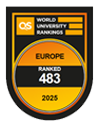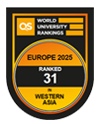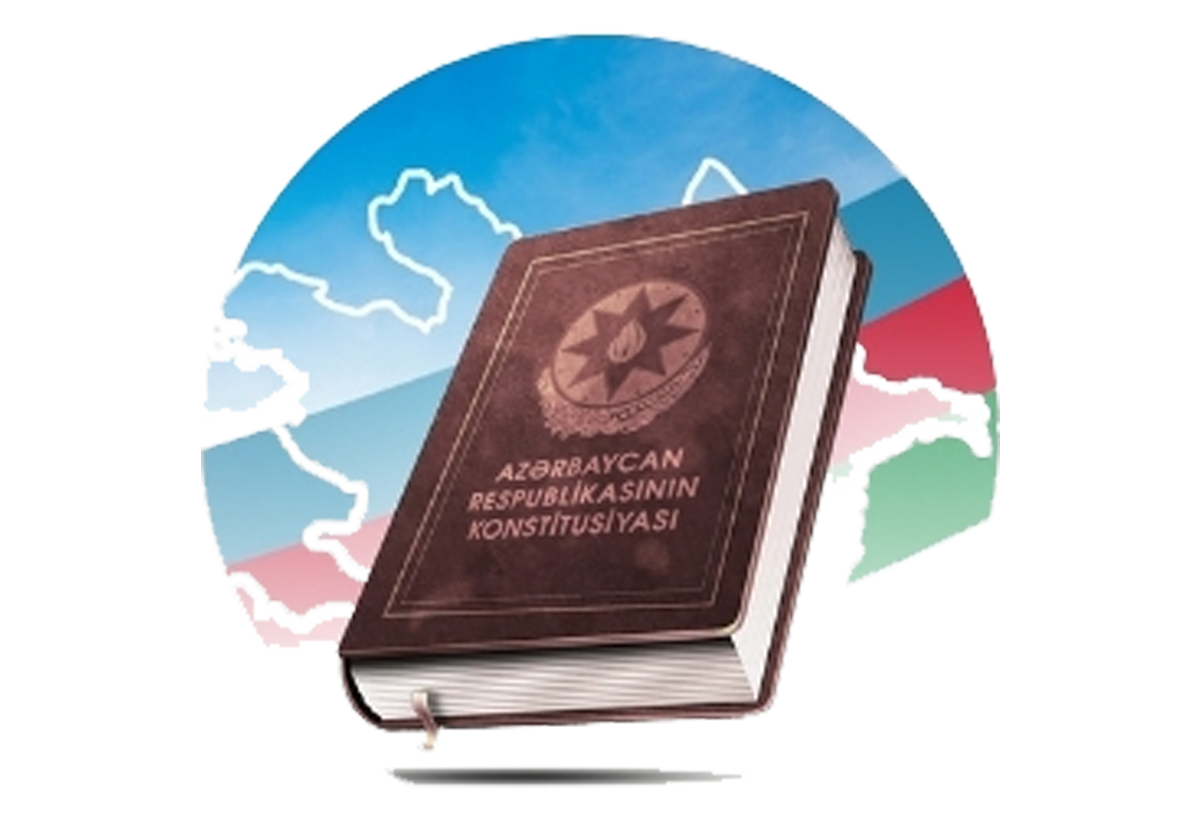The march tragedy in the North
South Azerbaijani and North Azerbaijani Turks were always committed ruthless massacres by neighboring nations and foreign invaders throughout the history. The tragedy of Azerbaijani turks began after “Chaldiran” battle and after the treaty of “Gulustan” and “Turkmenchay” as a result of which the country was divided into two parts. İn “Chaldiran” battle two superpower states of that time: Azerbaijani Safavids State and Ottoman Empire were against each other and after this bloody battle in Gyzylbash State the position of Azerbaijani turks was weakened. The foundation and integrity of large and unified Azerbaijani State established by Shah Ismail Khatai had shaken and began to weaken. A logical consequence, showed itself in the Gulistan and Turkmenchay treaties. Azerbaijan was divided into two parts by Russia and Gajar State (At that time, the capital of State was still Tehran, but the State was not called Iran). And the tragedy of the Azerbaijani turks began. Seeing our nation to be weak and divided a few nations like a fox stood in ambush relying on a big ally began to come up to us. Azerbaijani turks living in the North of the Country, became the target of russian-armenian atrocity and provocation, South Turks were subjected to pressure from the Persian, Kurdish, Assyrian forces. All attacks and assaults had only one purpose, one aim: to misappropriate ancient turks homeland. The beginning of the 20th century became more difficult for the Azerbaijani turks. North Azerbaijani turks were exposed bloody genocide by armenians deceived of russian provocations. In Azerbaijan Soviet historiography "Armenian-Muslim feud" as the first confrontation took place in 1905. The contradictions began within the Russian Empire which lost the war with Japan. The Tsar government weakened. Using this, the internal discontent forces started the movement against tsarism. In order to prevent this, and to maintain the integrity of the Russian empire the Romanovs made cheat. They put the nations living inside empire face to face. As the obedient dog in the hands of the Russian Empire, the Armenians received the mission at this time provocating and commiting bloody massacres against Azerbaijani Turks. The Russians, who saw the events too far were obliged to stop the massacre. The second largest massacre against North Azerbaijani turks occurred with the same script in 1918. The toy governments stirred up ethnic conflicts in order to preserve the empire. Armenian armed forces seized the weapons of the empire and committed the bloody massacres in March in North Azerbaijan, in Karabakh, Nakhchivan, Guba, Lankaran, Baku and in other regions, and subjected our people to genocide. At present, the government of the Republic of Azerbaijan hold dear the memory of our compatriots who died during the events of March 31 and celebrates this day as the Day of Genocide of Azerbaijanis. But do not forget that the genocide against the Azerbaijani turks was not only carried out in the North. In order to fulfill their dirty intentions these forces committed massacres in the North and in the South of our country.
Urmia, Salmas and Khoy massacres
For a long time the opinion had been formed in Azerbaijan historiography telling that after Persian Pahlavis’ coming to power the South Azerbaijani turks had been subjected to the national genocide policy in 1924. In fact, it is not so. After the overthrow of the government Pishavari ,South Turks had been subjected to mass massacre not only in 1946 . What a pity that our compatriots had also been subjected to massacres in the years when Turkish Gadjar was in power. The position of Azerbaijani Turks, as well as the Qadjar dynasty began to weaken after the Turkmenchay Treaty, after joining the lands along Araz river to Russia. The Persian chauvinists began to influence the state policy. The position of the Qadjar dynasty weakened a bit more after the revolution happened in Iran early in 20th century. Over the years of 1915-1924 the Persian chauvinists laid the foundation of overthrow of government. Though Turkish dynasty was in power, the Azerbaijani turks had begun to lose their status as the dominant nation. In those years the First World War was on and the only Turkish state - Ottoman Empire was participating in this war but was defeated together with its allies. The region got out of control, armenians armed with Russian weapons dominated in the regions. For them turks were turks everywhere and were the enemies. They committed massacres against North Azerbaijani Turks in Karabakh, Nakhchivan, Lankaran, Guba, Shamakhi and Baku in 1918, as well as they committed massacres in 1915 in South Azerbaijan. In 1915, the Armenian commander by name Petrov attacked the Azerbaijanis in Urmia and Salmas. The bloody battle began in Askerhan. Armenians raided houses and settlements, brutally killed the civilians, pitied neither old people, women nor children. 150 thousand Azerbaijani Turks were killed as a result of this bloody battle which lasted 159 days. From Salmas to Urmia each azerbaijani family gave martyrs. Supported by foreign forces, the armenian dashnaks sent 4 armed groups with the leadership of Andranik to the city of Khoy in 1917.
Bloody Wednesday or the Djilovluq tragedies
Unfortunately in Azerbaijan historiography there is not a single word about this tragedy. Recent studies shows that genocide committed in west of South Azerbaijan has no analogue not only in the region but also in the world. Trying to deceive the world and introducing so-called "Armenian genocide" in the parliaments of foreign states Armenian lobby and the forces who support them don’t say anything about the terrible Djilovluq tragedy. The incident occurred on last Tuesday of “Novruz holiday” in March 1918. Armenians with the support of the UK, France and Russia who were interested in the region, wanted to create "Little Armenia" around Lake Urmia . Together with the armenians assyrians also took part in this scenario written in the West and supported by the United Kingdom, France and Russia. Their goal was to build a state for themselves at the expense of Turkish lands. According to the plan, Armenian-Assyrian-Kurdish state should be established in the Western Azerbaijani lands around Lake Urmia. Assyrians were Christian religion in origin and had moved from the territory of Turkey, which called Djilov and in this coalition they united closely with Armenians. The resettlement of 40 thousand of Assyrians in Urmia territory was also the policy of Christian West. In order to establish a new Christian state they wanted to reproduce artificially christian population in the region and in Turkish territories. What a pity that Muslim Kurds supported the initial period of this evil plan.
The Kurdish group was led by Ismail khan named Smitko, Armenian group was led by Petros and christian Assyrians was led by Marshimon. All actions of the coalition plans were made in the West, and even armed gangs were armed with the support of foreign groups. For example, 30 thousands russian and french officers served in the army of united coalition forces. The events of genocide against Azerbaijani turks began in the city of Urmia , Khoy, Salmas in February 1918. The goal was to create a federal state in the region. Armenians were able to involve assyrians and muslim kurds to this game. United Armenian -Kurdish and Assyrian forces killed turkish people, massacred civilians in some villages in Urmia, Khoy and Salmas in February and in March. The villages where peaceful turkish population, women and children, the elderly people live were attacked, killed, sabred and were driven out from their native lands. The peak point of Djilovluq tragedy happened on last Tuesday of Novruz holiday in March 1918. Last Tuesday of Novruz holiday the turkish population of the city of Urmia were demanded to give back their weapons to united coalition during 24 hours a day. When their demand didn’t gave any result united Armenian -Kurdish and Assyrian forces attacked the city and began to search for weapons. In fact, the people of Urmia didn’t have much weapons. This requirement was a pretext for subjecting peaceful people to genocide. Wild armed groups of coalition got into the houses of Turkish people, stole jewelry of women and insulted the people. Those who resisted were shot and the men were captivated. On that terrible day, the population of Urmia city was overrun and burned alive in a caravanserai . In South people nowdays remember that day as black Tuesday. After the Djilovluq tragedy, the massacre covered all the villages of Urmia province. The main role in the united coalition played armenian Andronik who took an active part in the massacre and came from Turkey via Nakhchivan. On his way he plundered ruthlessly the turkish villages and wanted to merge with united coalition in Urmia. But then armenian- assurian- kurdish coalition destructed. Smitko understood that the aim of this coalition was to establish Christian state so he used a cheat and invited the assurian’s leader Marshimon to Salmas and killed him and his people there.
The massacre of Azerbaijanis continued after the arrival of Ottoman turks, too. In late March and in early April of 1918 the turks entered the territory of South Azerbaijan, and put an end to the massacre of our compatriots. Hero Turkish soldiers dip the boats of armenians in the lake and prevent them from entering Tabriz. Armenian bandits, who escaped to the mountains continued to rush into the Turkish villages and kill turkish population until February 1919. The strongest resistance to the brutality of Djilovluq happened in Khoy. Despite the tricks of the armenians the urban population didn’t open the city door to them. But nevertheless Armenians massacred and slaughtered people in Urmia, Khoy, and in Salmas. According to Iranian historian Ahmad Kasravi’s writings 100 Azerbaijani turks were killed in the events of Djilovluq. The recent studies of the Urmian historian Ayrumlu showed that 300 thousand azerbaijanis were subjected to the genocide. Armenians’ plan to capture Urmia failed.
Urmia was a land of a pleasant climate, beautiful nature, fertile soil. It was the second city after Tabriz for its beauty. Azerbaijani turks historically dominated in province of Urmia for their number. According to exact information 300 thousand people lived in 1918 in Urmia. 85 percent of them were azerbaijanis. They lived in 699 villages of the city and region. In 50 villages of Urmia, 20 thousand of Assyrians, about 6 thousand of Armenians had settled. Armenians and assyrians had received instructions from the West christian circle to expand christianity in the region, to seize the lands where turks lived and later to unite these lands to Armenia. But their intentions failed.
The heroic South Azerbaijani turks with the help of Ottoman Empire didn’t let them to set so-called Armenian-assyrian state. Despite of mass massacre unarmed population of Khoy, Urmia and Salmas resisted the enemy. Many Armenian-assyrian bandits were killed. Terrorist groups with the help of the turks were driven out of our lands. All of these, and the truth about the tragedy of Djilovluq must be studied again and must be informed the people and the world community. Anti-human crimes committed by armenians together with the assyrians in Urmia must be appealed to the international court. The main thing is to inform all the Azerbaijanis all over the world that the genocide of Azerbaijanis is not only on 31st of March. The greatest tragedy of Azerbaijani turks is Djilovluq tragedy happened in Urmia. Djilovluq tragedy must be remembered in the ceremonies connected with the genocide held by both North and South Azerbaijan, diaspora organizations
in American and European countries.
Urmia, Khoy, Salmas events must be studied by scientific centres and research institutions, scientific monographs, books must be written about the tragedy. If we do not learn our past, history will not forgive us and we will face to new provocations of our enemies.
Article connected with Djilovluq events. This article is chosen among the articles sent to the centre with approval of the chairman of Sweden-Azerbaijan Strategic Research Center Mammadrza Agapur.
Translator: Sevda Safarova


